Be nice to your germs, they keep you alive. You Are 10% Human and 90% Bacteria.
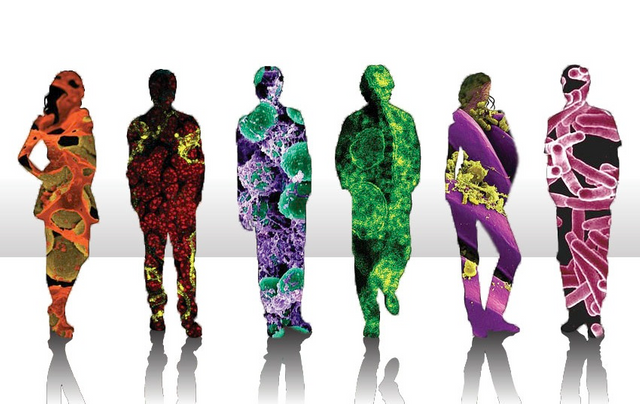
A ghostly cloud of single-celled creatures that live on and inside your body. Your Microbiome. If you Zoom in then you can see this cloud is made of bacteria, fungi, and other particles. Like these in the gut, that digest fiber and give us nutrients we can't make ourselves. Or these, that munch our skin oils and give off our characteristic body odors. Even the film of plaque we brush off your teeth was put there by microbes. You're teeming with microscopic life. Or rather, you were.
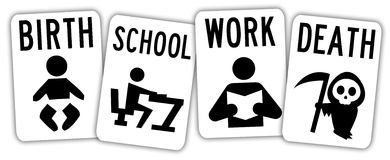
From your first day on Earth, these microbes helped build, protect, and feed you, and on your last day, they'll be the first to take you apart. When multi-cellular life arrived on Earth, microbes had been here for more than 1.5 billion years. They were first, so naturally every complex creature to come after, from jellyfish to dinosaurs, termites to trees, koalas to us, has learned to work with them.
But what happens when we try to live without them?
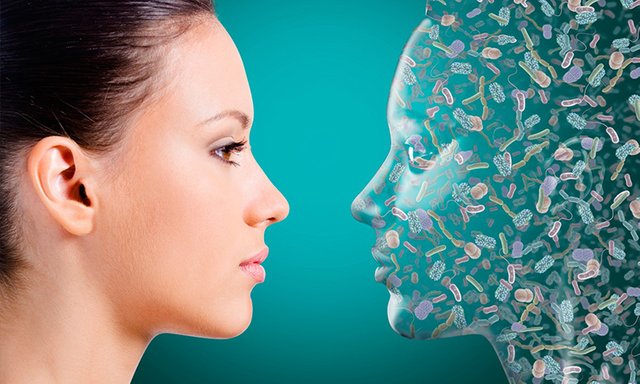
You might think that fewer bugs means fewer diseases, but it's not that simple. Cleaner isn't always healthier. Which bug we meet, and when we encounter it, makes a huge difference in who we become. In the 1970s, a Canadian doctor noticed that local indigenous children were less likely to get asthma and allergies than the white population, despite getting more infections.
Later, a British doctor saw less hay fever allergy in children who had older siblings. It seemed like kids who grew up in more hygienic environments ended up with immune systems wired to attack stuff like pollen and household chemicals as if they were dangerous germs. This is the hygiene hypothesis, it says growing up around a less diverse bunch of microbes can make our immune systems kinda jumpy and nervous later in life.
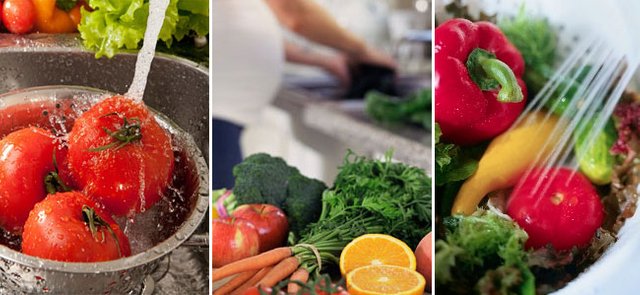
Today, our food is safer, our water is treated, we have smaller families trading fewer germs, we even live around fewer animals. One scientist analyzed household dust and found that homes with cats or dogs have more varied microbes. The family dog builds our library of exposure with every lick. As adults, our immune systems protect us by calling on a library of past infections, but when we're babies, that library is empty. This isn't because a baby doesn't have their own immune system yet, like many people are taught, it's because for the first few months after they're born, a baby actively keeps its immune system turned off, to create an opening for the body's first microbes to move in.
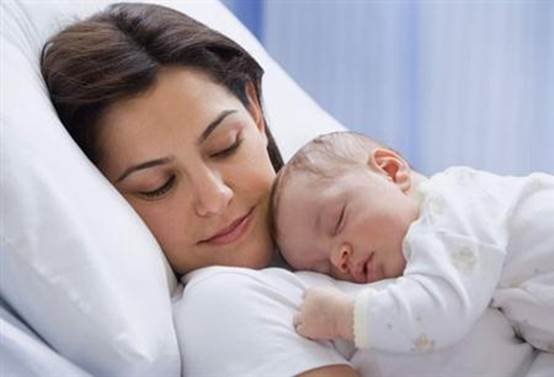
Our mothers give us our first dose. The trip down the birth canal seeds a newborn with many of their first microbes. But in some countries, a quarter to half of babies are born by C-section instead of vaginal birth, and these babies' first microbes naturally resemble what's on the skin instead. This isn't necessarily a bad thing, but it's definitely different than how it's been for most of history. But the biggest influence on an infant's inner inhabitants is our most mammalian trait of all: Breast milk. Milk is one of nature's most amazing liquid innovations. It's full of energy for growing brains and bodies, but the baby's not the only one getting fed.
The third most-abundant ingredient in human milk are complex sugars called oligosaccharides(HMOs) . But newborns can't digest these. Why do mothers waste good energy filling breast milk with undigestible stuff?
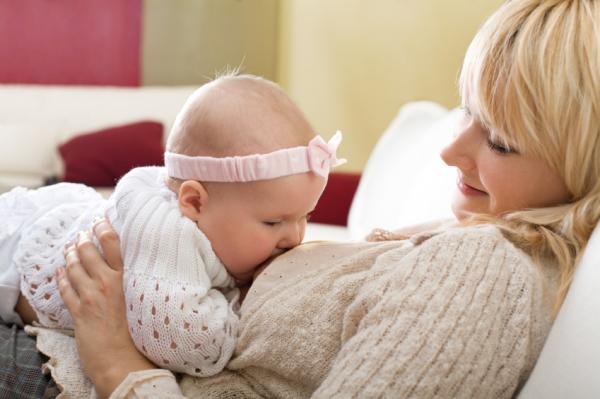
It's food for microbes! Those sugars pass all the way to the large intestine, where they meet a special bacterium, which, by the way, was also donated by mom. This single microbe can make up 90% of the bacterial population in an infant's gut, and it loves to eat HMOs. They digest those complex molecules and in return feed the baby special fatty acids, even donate a nutrient needed in growing brains.
Later, when we switch to solid food, these bacteria become minor players, but they play a starring role early on. Those sticky, tangled sugar molecules also act as a physical defense, tangling up dangerous invaders in a kind of defensive glue. Breast milk is even loaded with bacteria-killing viruses, ready to target the bad guys and leave good microbes unharmed. Infants that drink formula clearly grow up fine. Just like C-section vs traditional birth, formula isn't bad, it's just different, and scientists want to know if these subtle differences early on can lead to big effects later.

We find examples of parents passing down microbes throughout the animal kingdom. Before a Beewolf wasp mom leaves her egg, she lines the nest with a sticky white paste secreted from her head. As the larva matures, special microbes in the paste secrete antibiotics to keep the nest free of infections. The new wasp even takes some with her for when she lays her own eggs.
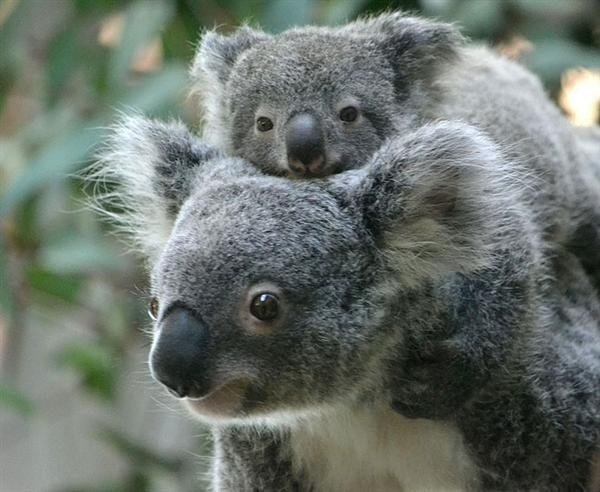
When it's time for baby koalas to give up milk and start eating eucalyptus leaves, its mother releases a fluid called pap from well, let's just say it's not from her mouth... the youngster eats right up. It's full of microbes that the koala needs to digest leaves.

It's clear that these first doses of microbial life are some of the most important. Some of them take up residence to nourish and protect us, some of them just pass on through, to help our bodies learn friend from foe. For most of the microbes that live in and on us, we still don't know how they interact with our own cells, or each other. What is clear is that without them, we wouldn't be us.
Image credits - 1 2 3 4 5 6 7 8 9
If you enjoyed, Resteem and Follow me @masonmiler for more content just like this, and as always, take care of yourselves, and take care of each other :)
Good word keep it up
Thanks for reading
Great article, @masonmiler!
Thanks for reading
Great article. I'll find a place to link to it in my series on the GAPS diet.
Thanks for reading
Reminds me of when George Carlin would speak about how we are too afraid of germs, and that when he was younger, the kids would swim in raw sewage. It builds the immune system. Great post!
Thanks for giving your time